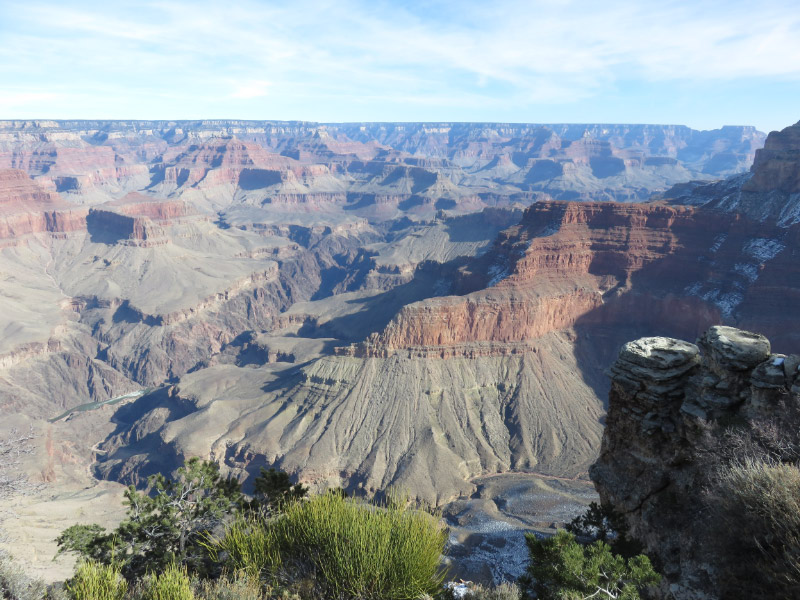Gleanings of the Week Ending April 18, 2015
/The items below were ‘the cream’ of the articles and websites I found this past week. Click on the light green text to look at the article.
 10 Geological Forms we’ve studied for Years and Still Don’t Understand - Some of the forms we thought we understood….only to discover additional mechanisms played a role (in canyon formation, for example).
10 Geological Forms we’ve studied for Years and Still Don’t Understand - Some of the forms we thought we understood….only to discover additional mechanisms played a role (in canyon formation, for example).
Why the FDA Has Never Looked At Some of the Additives in Our Food - In the past 5 decades, the number of food additives has skyrocketed from about 800 to 10,000….and many of them have come to market under the ‘generally recognized as safe’ provision in the FDA safety-review process. Some of them have caused severe allergic reactions or long term health effects. This is a scary aspect to our food system. The article prompted to look more closely at the processed foods I buy and try to skew my food purchases to whole foods that I prepare myself.
Hawksbill Turtles: A Rare Good News Story for a Species on the Brink - Hurray!
This Elevation Map of Mars Makes the Red Planet Much More Colorful - From the German space agency
This 19th Century Art Is Made Entirely Out Of Butterfly Wings - I’d much rather see live butterflies!
A Chart Showing You How Much Water It Takes To Grow All the Food You Eat - Were there any surprises on this chart? Each circle represents the gallons of water per ounce of a food. I found myself wanting more; I wanted to compare whether soymilk (on the graphic) took more or less water than almond milk (not on the chart).
Exceptionally preserved fossil gives voice to ancient terror bird - The fossil is from South America of a bird flightless that was 4 feet tall and is the most complete ‘terror bird’ discovered with 90% of the skeleton preserved.
Top 5 Interesting Nests in North America - It’s the time of year for birds to be building their nests in our area….and there are some interesting ones in this post.
These Knotted Cords Are a Sophisticated Ancient Counting Tool - The Inca’s knotted counting system…that we still don’t completely understand.
Greatest mass extinction driven by acidic oceans, study finds - A key in the past to understand the impact of ocean acidification.

























